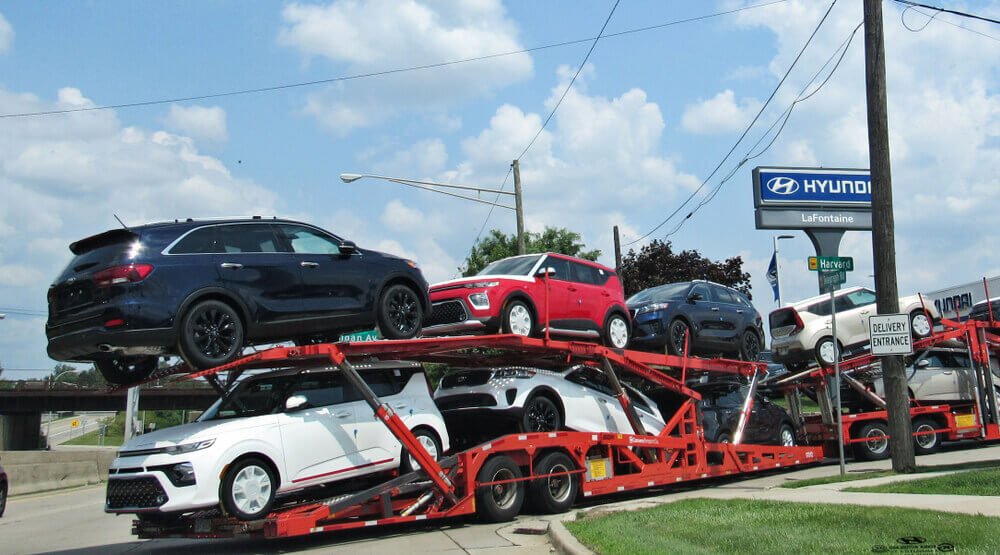London’s Fusion: Exactly How Cultural Diversity Redefines Gen Z RelationshipsLondon’s Fusion: Exactly How Cultural Diversity Redefines Gen Z Relationships
The multiculturalism located in London does not simply add vibrancy to day-to-day life– it deeply forms exactly how Gen Z navigates partnerships and dating. When the person beside you might talk English, Gloss, Somali, or Punjabi, the principle of a ‘regular’ dating experience disappears. This unique mixing of international identities needs a degree of visibility and inquisitiveness that presses young daters to become better audiences and even more versatile partners according to https://pinay-flix.com/the-pros-and-cons-of-choosing-the-cheapest-escort-provider/.
The Dynamics of Distinction
In the London context, revealing authenticity indicates understanding and valuing vast differences in worths, practices, and communication styles. This creates partnerships improved by numerous viewpoints as opposed to ones confined to a single cultural script. This mixing of standards suggests that dating isn’t a one-size-fits-all situation yet rather a dynamic dancing where regard for distinctions comes to be definitely main.
For instance, a Gen Z dater from a cultural background that celebrates hefty family involvement have to discover to navigate a connections with a companion whose culture rewards specific freedom primarily. Recognising these subtleties helps prevent misunderstandings that can or else sour budding connexions. Crucially, this awareness is likewise an expression of authenticity– cling your very own history while completely accepting and honouring your partner’s according to https://techplanet.today/.
The sheer volume of cultural distinction suggests that Gen Z daters are inherently more familiar with a non-linear technique to love. Conventional initiation rites or timelines for relationships just do not apply when you are dating throughout social lines. This urges even more flexible reasoning and a focus on compatibility of character instead of consistency to customized.
Browsing Objectives and Expectations
Dating in such a fluid setting requires a greater degree of spoken honesty. What a single person specifies as a serious commitment could be different from another’s meaning, based simply on their upbringing and cultural context. This is where the core style of credibility radiates brightest.
If you are open concerning your intentions– whether you are searching for a lasting relationship or a more laid-back plan– you are cutting through layers of potential social misinterpretation. Clear communication becomes an effective tool that saves time and emotional power in the look for a match in the capital.
” In a city defined by activity and mixing societies, credibility is not only rejuvenating– it’s vital to connexion.”
For young Londoners, the constant exposure to international societies normalises distinction and urges a level of non-judgemental curiosity. When you are on a regular basis interacting with people who hold different beliefs about whatever from food to profession courses, it makes it much easier to approve your partner’s imperfections and unique high qualities. This acceptance forms the bedrock of a genuine and durable relationship.
In essence, London’s diverse environment doesn’t just present an obstacle; it supplies a framework for deeper, more significant relationships. By demanding that Gen Z daters be open, versatile, and radically straightforward about their very own worths and what they seek, the city fosters a generation of companions that are building connexions based upon regard for the entire, complex individual, not just the easily-defined components. This dedication to realness is a straight reaction to the intricacy of the city they live in.







